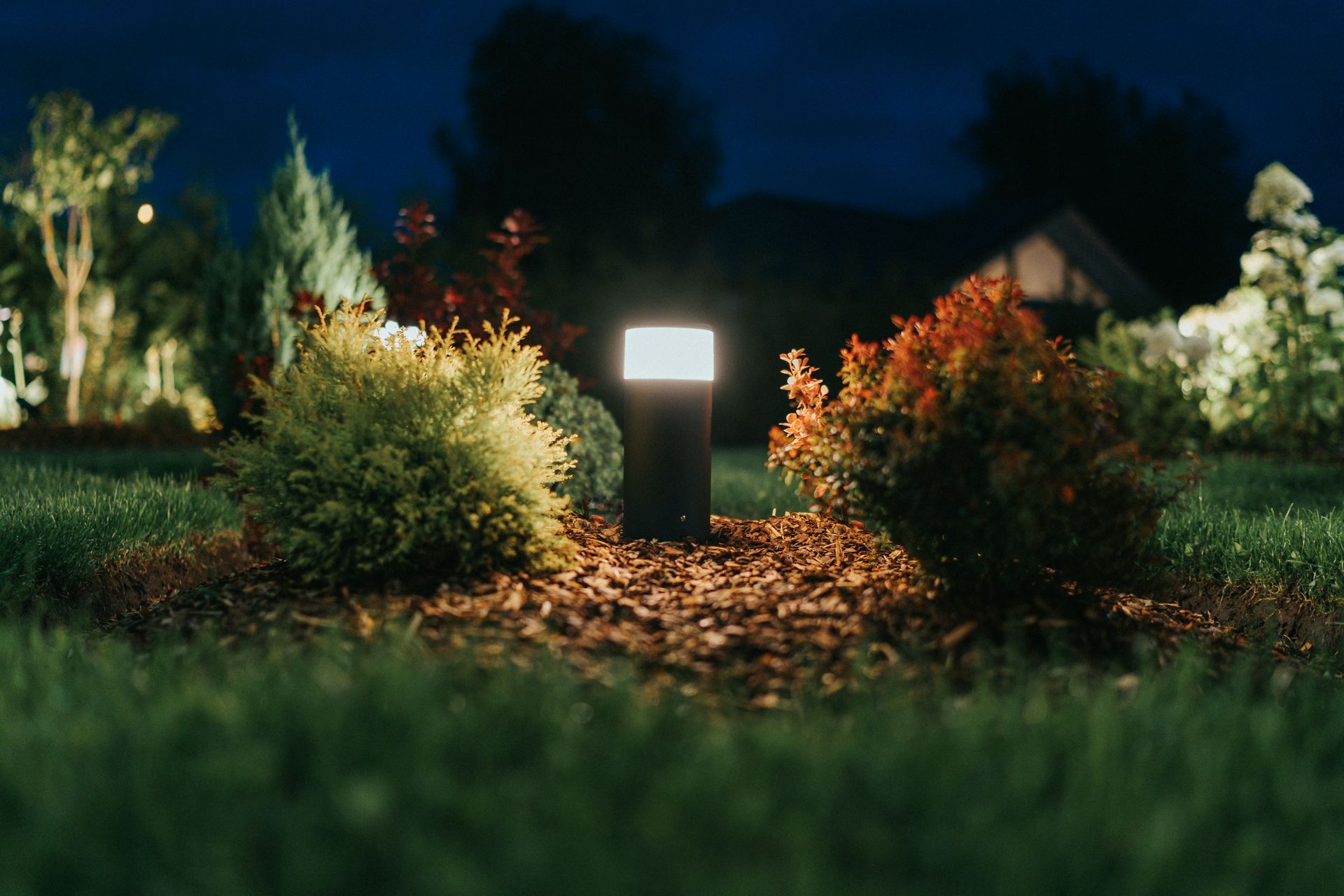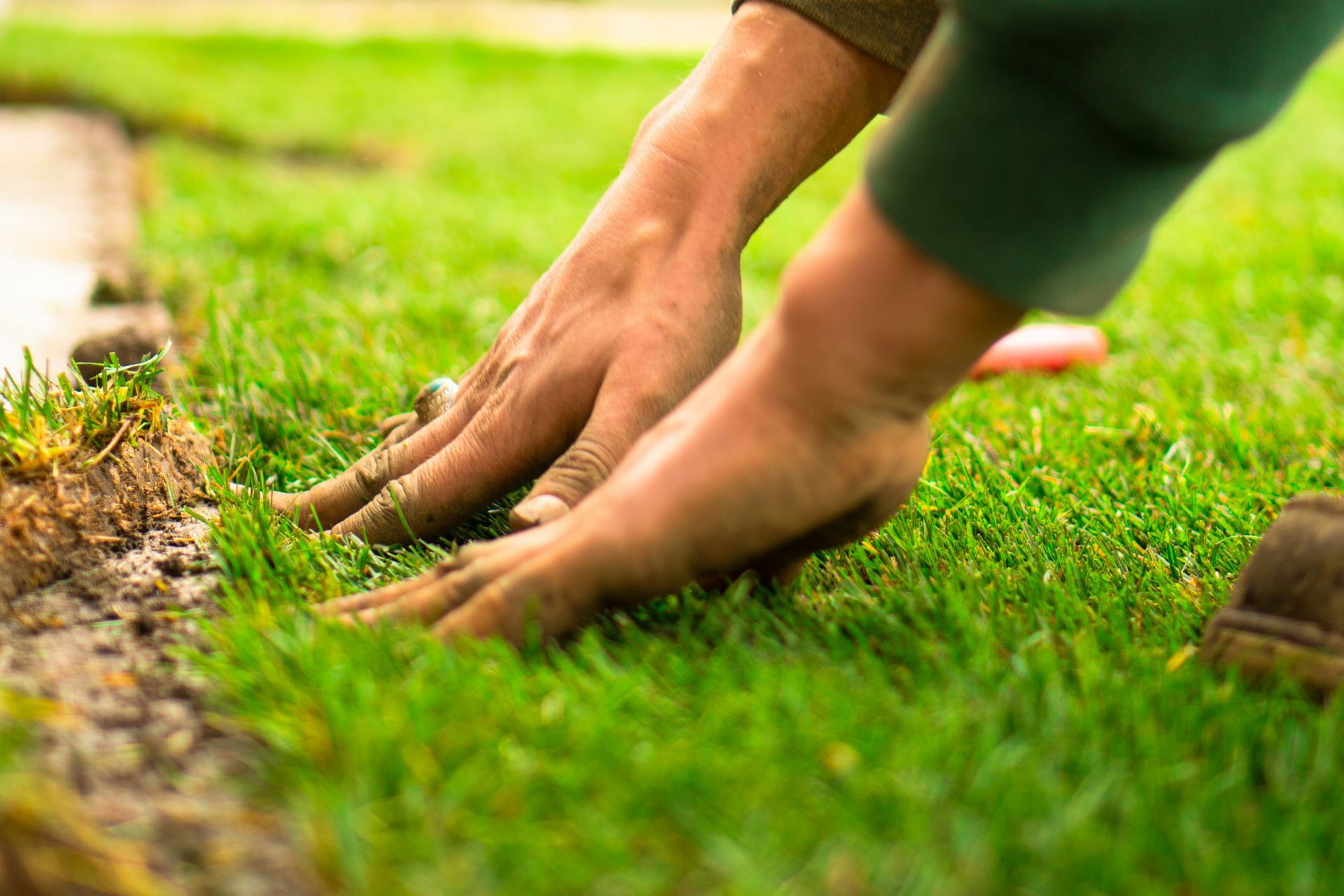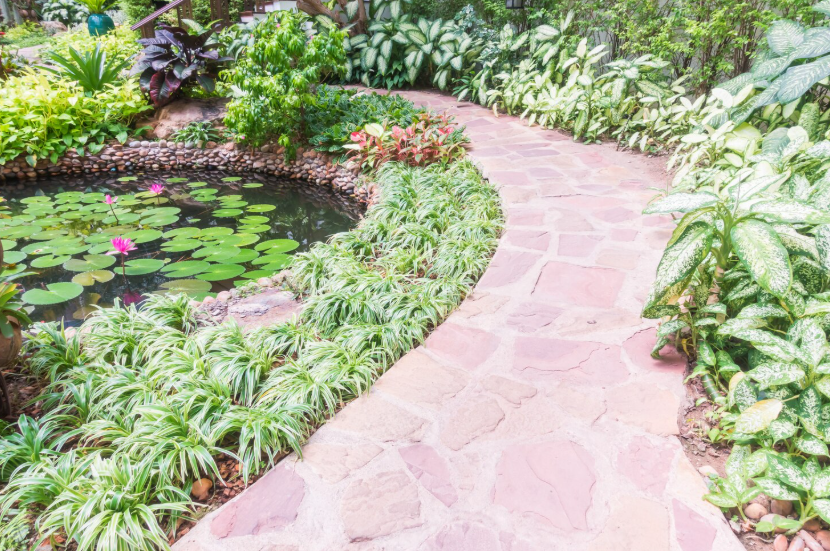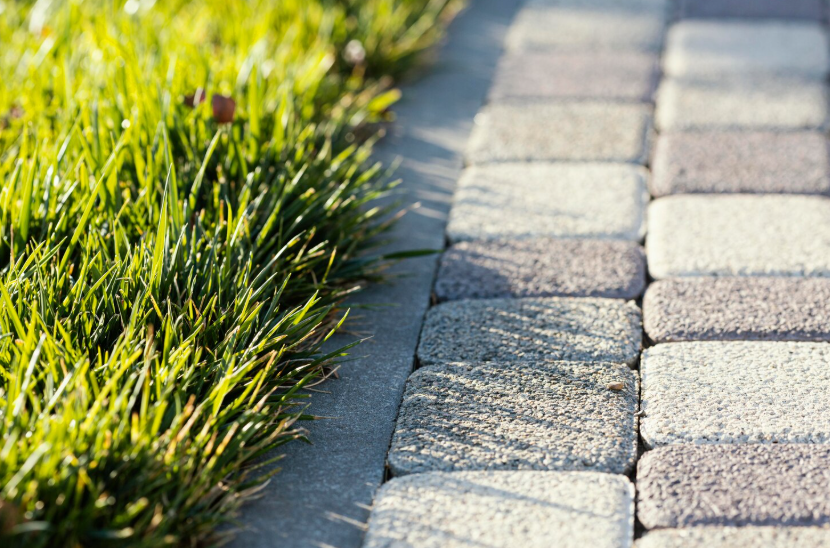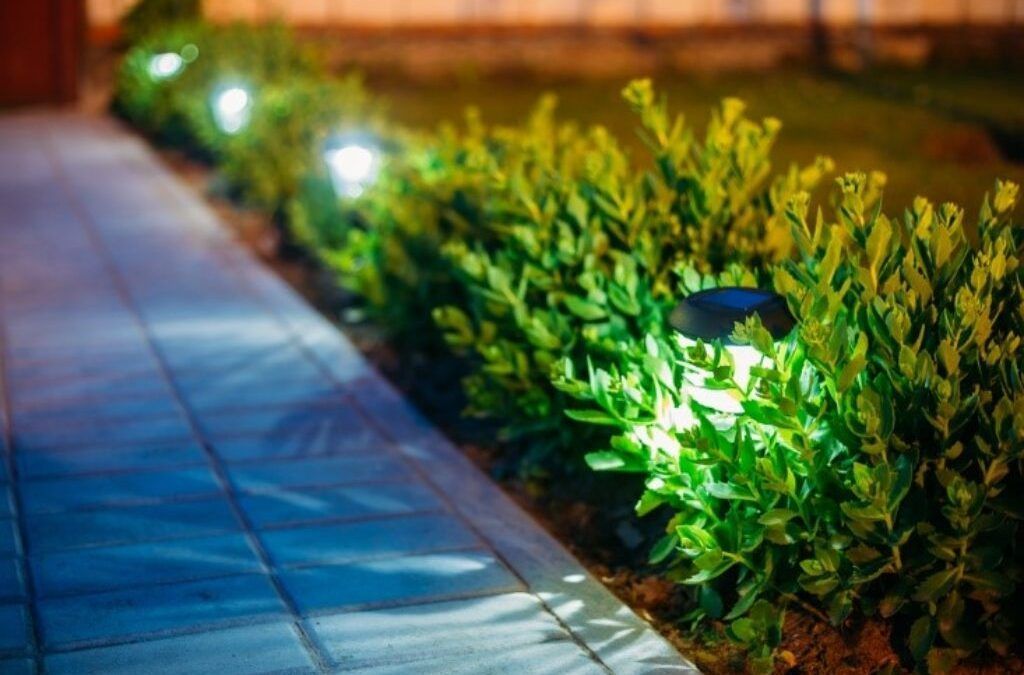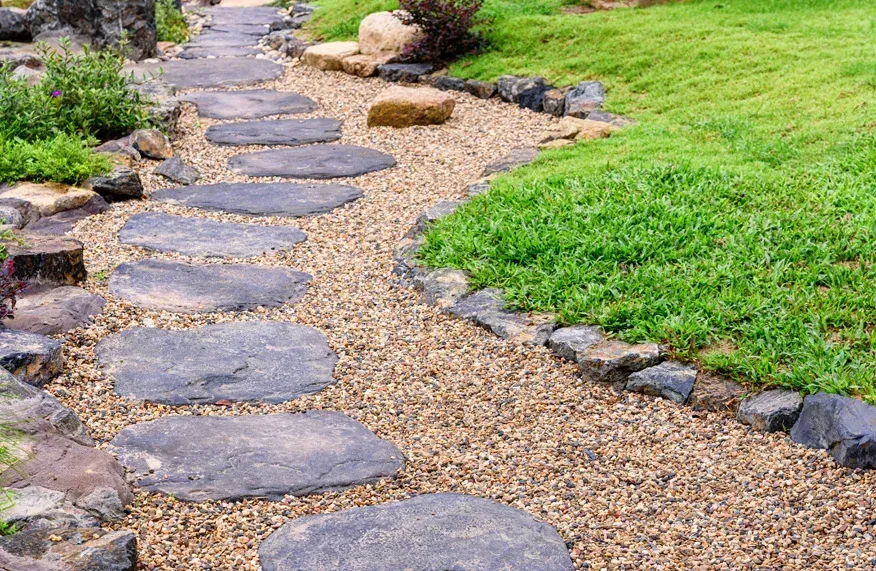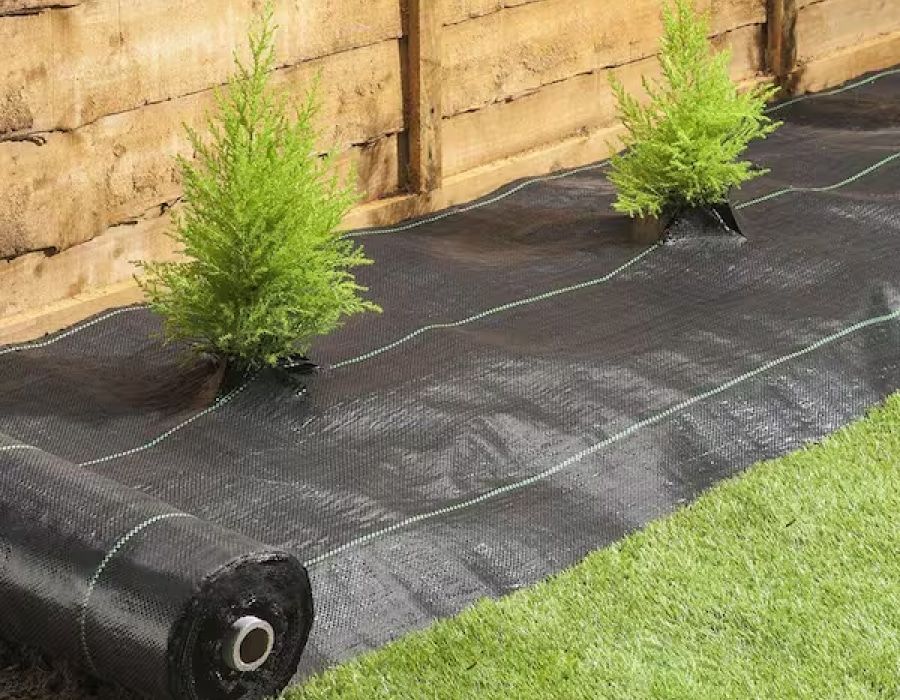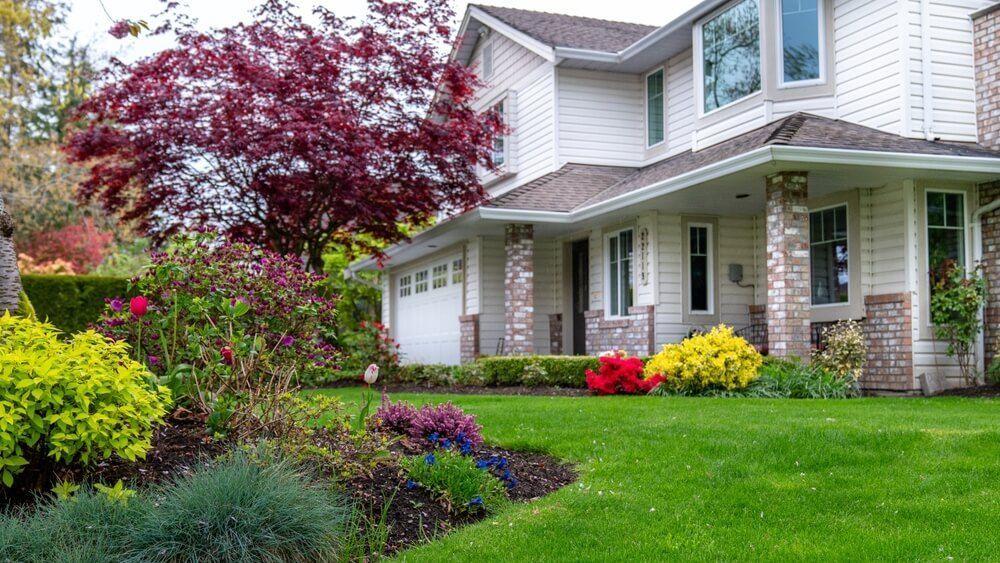How to Landscape Your Front Yard: A Beginner's Guide
Transforming your front yard starts with thoughtful planning and an understanding of your space's needs. Whether you're working on your own or considering help from Utah expert lawn care services, the right approach can turn even a plain yard into a welcoming extension of your home. This guide introduces essential steps, from evaluating your existing landscape to selecting plants and maintaining your layout, that will help bring your vision to life.
Assess Your Front Yard
Before beginning your landscaping project, spend time observing your yard's existing features and any areas that could be improved. Look at the placement of trees, flower beds, and walkways, and identify what stands out naturally. Evaluate the health and appearance of your lawn, taking note of any areas that may need special attention, such as thinning grass or water drainage issues. Sunlight patterns are also important, as different plants require varying levels of light. Consider how the design will relate to your home's exterior to create a consistent, attractive look. Taking these steps will help you build a plan that supports both function and style. If you’re unsure how to start or want a professional touch, consulting a
landscape designer in Sandy UT can help you create a layout that complements your home’s natural features perfectly.
Design a Layout Plan
A solid layout plan is a key part of creating a front yard that's both attractive and practical. Start with a simple sketch of your space, including existing structures and where you'd like to place new elements such as walkways, plants, or decorative features. Your design should support the natural flow of movement, ensuring that paths feel intuitive and useful. Use focal points such as a tree, sculpture, or small seating area to give your landscape visual interest. Consider symmetry and balance when arranging elements, and leave room for plants to grow. A well-planned layout helps the entire space feel intentional and cohesive from every angle, especially when handled through a full
landscape design build approach that combines both planning and construction expertise.
Choose the Right Plants
Plant selection plays a major role in shaping the personality and performance of your landscape. Focus on species that thrive in your local climate and require maintenance levels you can manage long-term. Look at mature plant size to avoid overcrowding, and mix heights and textures to keep things visually interesting. Combining shrubs, perennials, and ornamental grasses can add layers to your design while offering seasonal variety. Think about how plant colors will complement each other and your home. Choosing plants with staggered bloom times ensures that your yard remains vibrant throughout the year, not just during a single season.
Implement Hardscaping Elements
Adding built features can provide both structure and functionality to your landscape. Consider how walkways, patios, or small retaining walls can help define your space. You can also work with experienced
stone walkway installers to ensure durable, well-crafted paths that enhance both beauty and functionality. A curved path can guide visitors through your garden naturally, while a patio near the entrance offers a space for seating or decoration. Retaining walls can be used to manage slopes and create distinct planting areas, giving your yard depth and order. Decorative stonework or gravel gardens offer texture and contrast, especially when paired with greenery. These elements should blend with the overall design and serve practical purposes without overwhelming the natural features of the yard.
Maintain Your Front Yard
Keeping your front yard attractive over time requires regular attention. Routine lawn mowing helps maintain a neat look and promotes strong grass growth. Trimming shrubs and hedges keeps plants looking tidy and prevents overgrowth. Weeding flower beds regularly helps flowers thrive by reducing competition for nutrients and maintaining a healthy soil environment. Applying mulch not only improves soil moisture retention but also adds a clean finish to garden beds. It's also helpful to occasionally inspect any built features like walkways or edging to make sure they remain in good condition. If your driveway shows signs of wear, hiring reliable
concrete driveway contractors can help restore or upgrade its appearance, boosting curb appeal. Small, consistent tasks like these go a long way in preserving the look and health of your landscape.
Enhance Curb Appeal
If your goal is to create a welcoming and attractive front yard, focus on the elements that contribute most to visual impact. The entrance to your home should feel inviting, which begins with a clear and well-maintained pathway. Accentuate it with colorful flowers or low shrubs that frame the space without cluttering it. Lighting can highlight architectural details or key features like trees and flower beds, helping the yard look warm and inviting even after sunset. Combining a variety of textures, such as leafy plants with smooth stone or wood, adds subtle complexity. Keeping your yard clean and well-coordinated, both in terms of greenery and decor can make your home stand out in the best way.
Related Topics:

